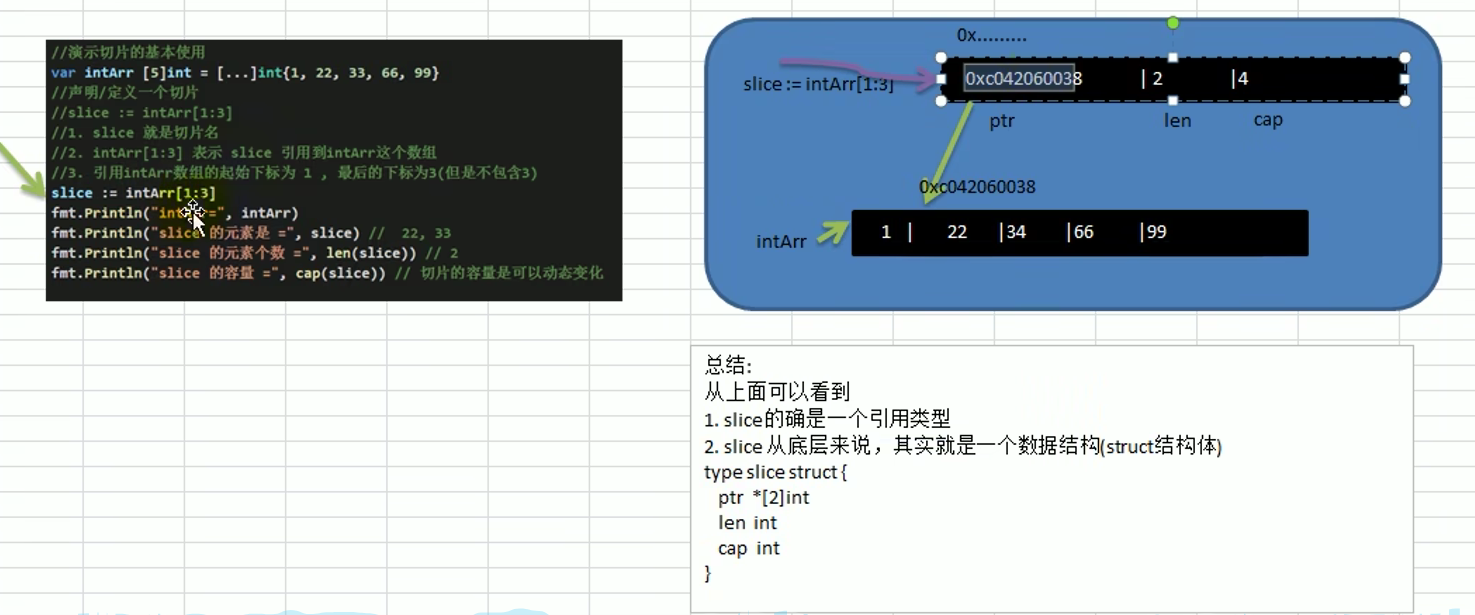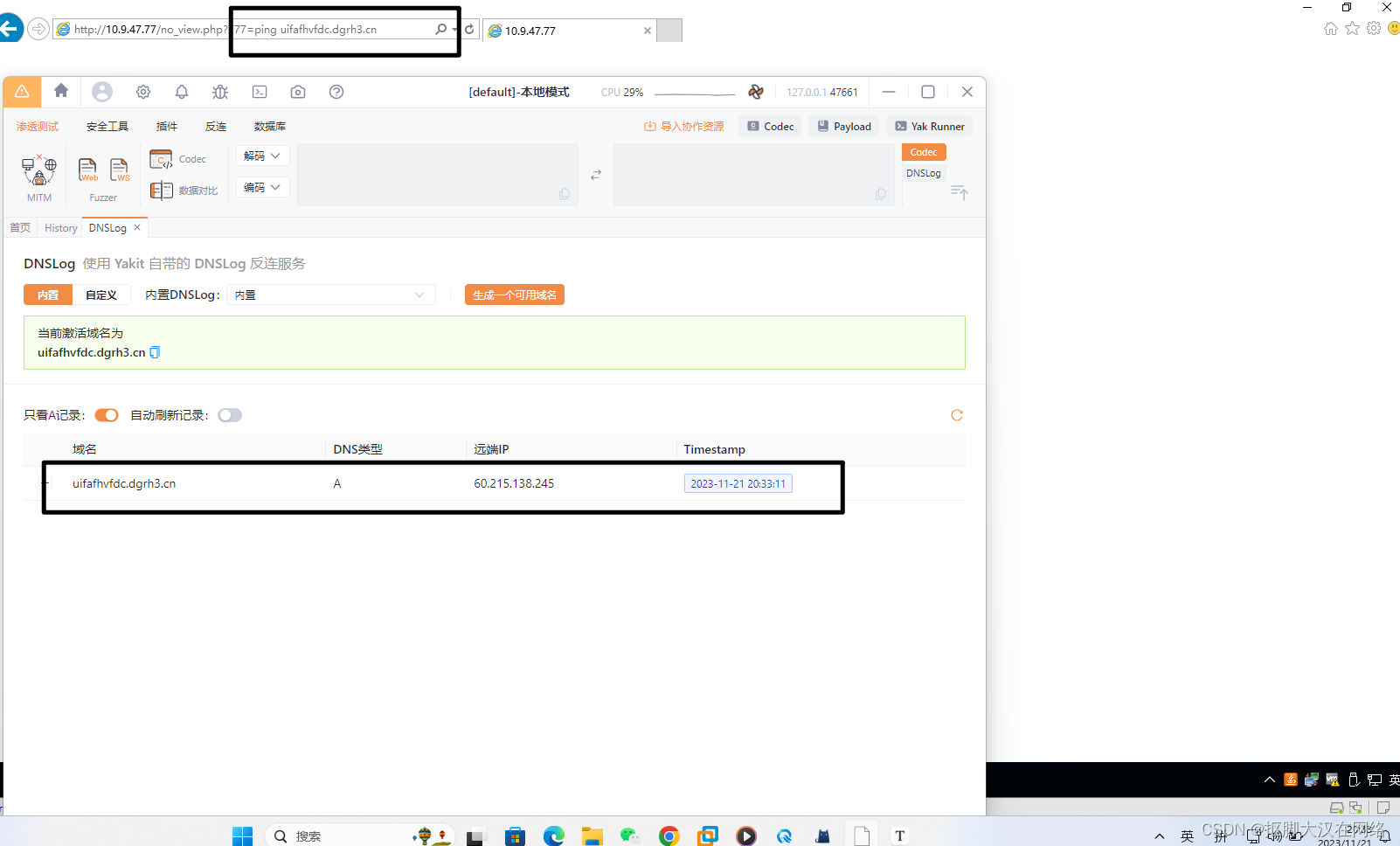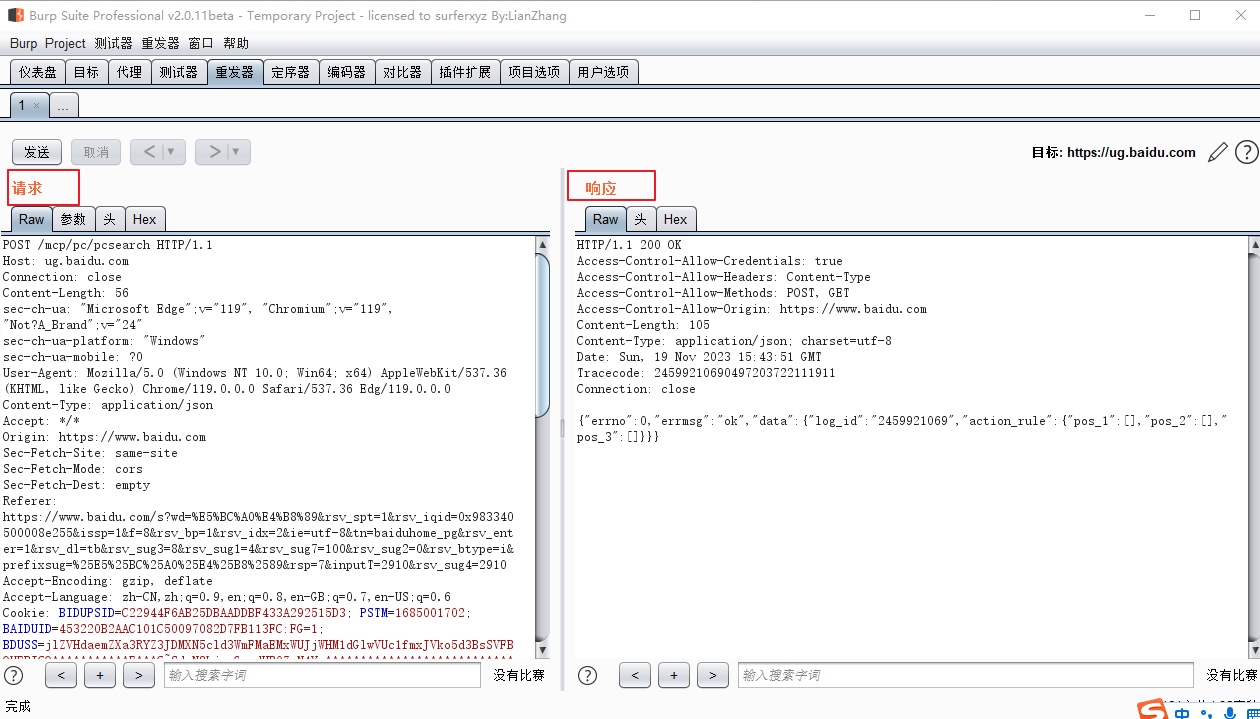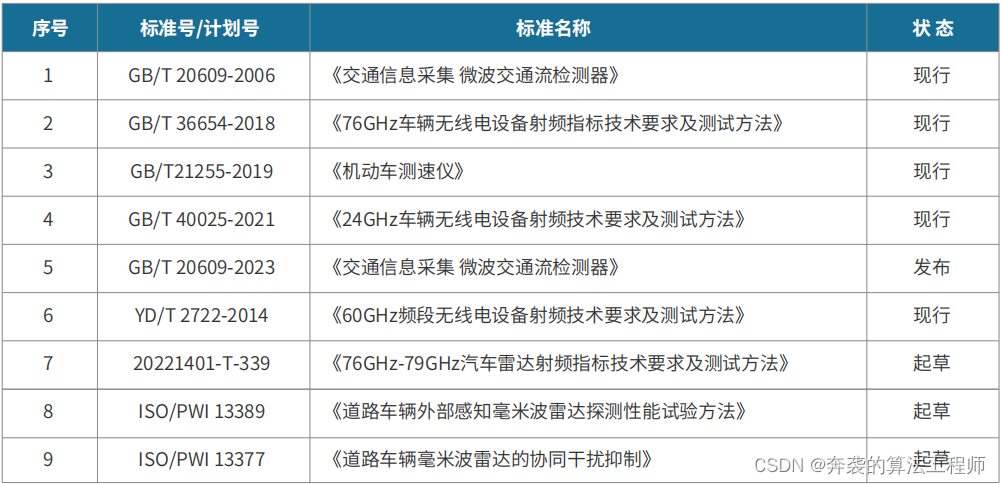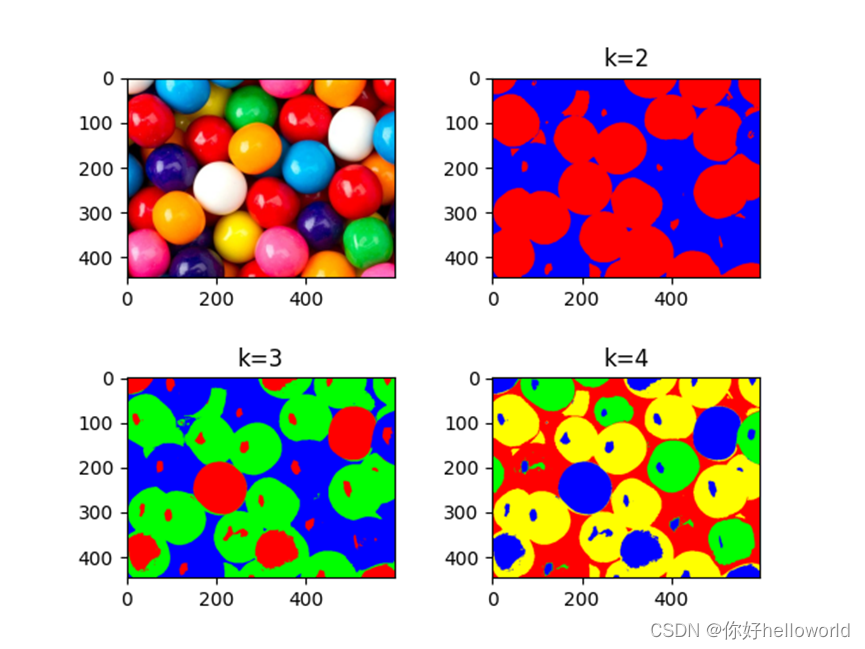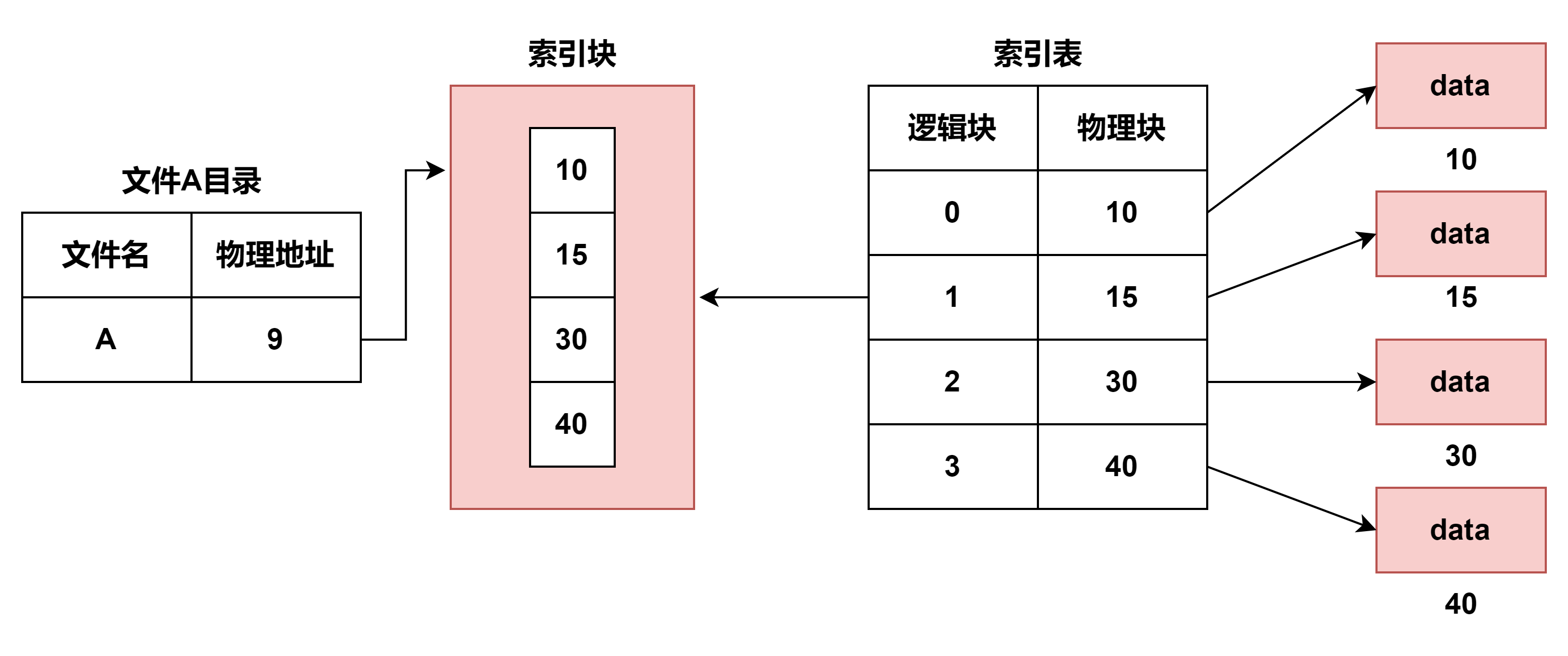- x86
1.系统调用
系统调用是用户空间程序与内核交互的主要机制。系统调用与普通函数调用不同,因为它调用的是内核里的代码。使用系统调用时,需要特殊指令以使处理器权限转换到内核态。另外,被调用的内核代码由系统调用号来标识,而不是函数地址。系统调用流程如下图所示:
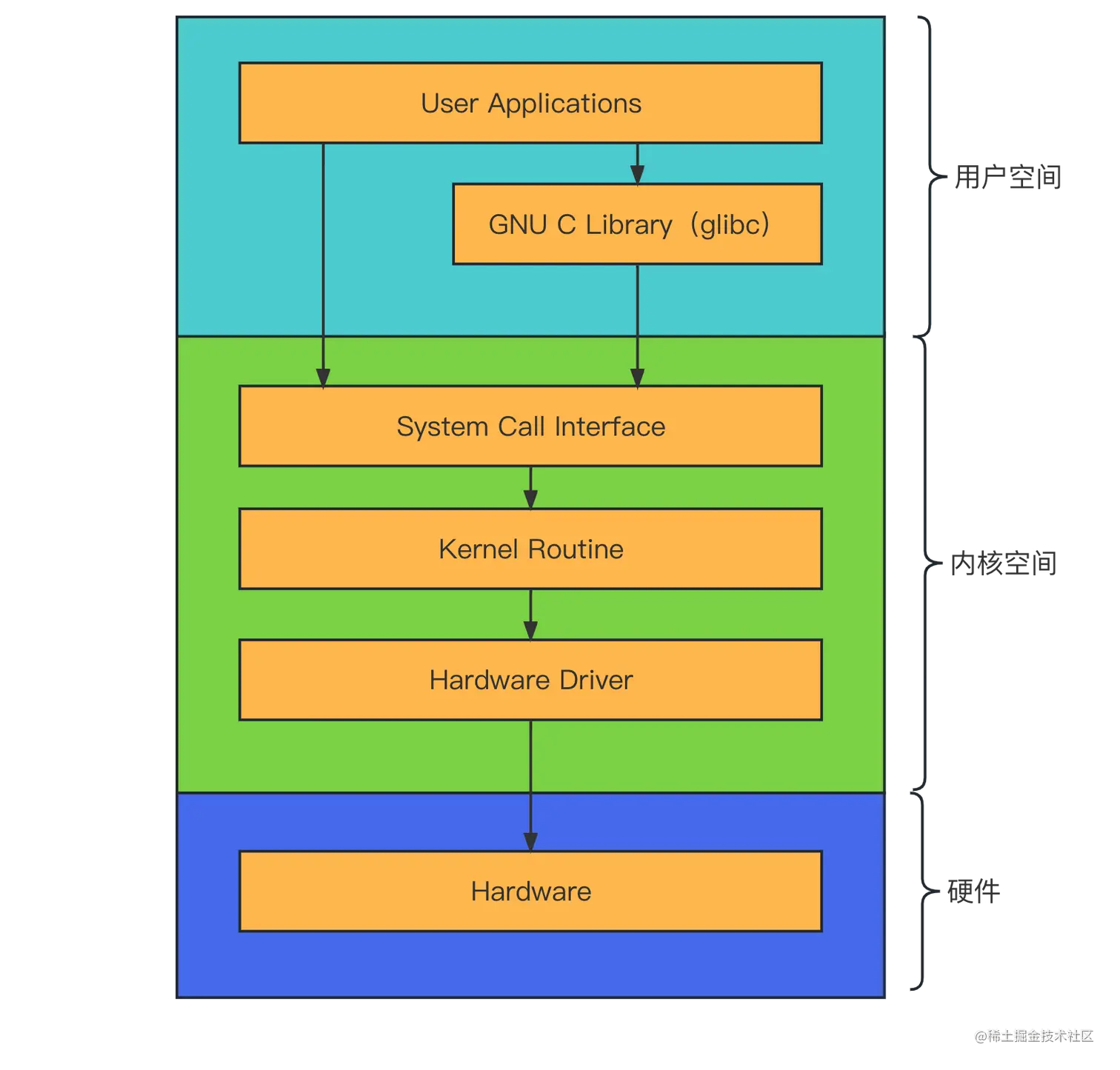
2.x86 系统调用实现原理
比如创建子进程,内核提供fork系统调用作为接口。如果用户态程序想调用这个内核提供的接口,其对应的汇编语句
movq $57, %rax
syscall
syscall指令会先查看此时RAX的值,然后找到系统调用号为那个值的系统调用,然后执行相应的系统调用。在系统调用列表中找到,fork这个系统调用的系统调用号是57。于是,把57放入rax寄存器中,然后使用了syscall指令。这就是让内核执行了fork。
2.1.调用约定
系统调用往往会有许多参数,比如说open系统操作,在include/linux/syscalls.h中找到其对应的C语言接口为
asmlinkage long sys_open(const char __user *filename, int flags, umode_t mode);
它接受三个参数。那么,参数传递是按照什么规定呢?事实上,当涉及到系统调用时,调用约定与用户态程序一般的调用约定并不相同。x86-64 ABI文档 第A.2.1节,描述了调用约定:
The Linux AMD64 kernel uses internally the same calling conventions as user-level applications (see section 3.2.3 for details). User-level applications that like to call system calls should use the functions from the C library. The interface between the C library and the Linux kernel is the same as for the user-level applications with the following differences:
User-level applications use as integer registers for passing the sequence %rdi, %rsi, %rdx, %rcx, %r8 and %r9. The kernel interface uses %rdi, %rsi, %rdx, %r10, %r8 and %r9.
A system-call is done via the syscall instruction. The kernel clobbers registers %rcx and %r11 but preserves all other registers except %rax.
The number of the syscall has to be passed in register %rax.
System-calls are limited to six arguments, no argument is passed directly on the stack.
Returning from the syscall, register %rax contains the result of the system-call. A value in the range between -4095 and -1 indicates an error, it is -errno.
Only values of class INTEGER or class MEMORY are passed to the kernel.
可以看出,系统调用约定了以下几个方面:
- 参数相关
- 系统调用号
- 系统调用指令
- 返回值及错误码
这个规范就称为内核接口的调用约定,可以从第一点就显著地看到,这个调用约定与用户态的程序是不同的。也就是说,如果我们用编译器直接编译
long sys_open(const char *pathname, int flags, mode_t mode);
那么,编译出来的可执行程序会认为,这个函数是用户态函数,其传参仍然是按 %rdi, %rsi, %rdx, %rcx, %r8, %r9的顺序,与内核接口不符。因此,gcc提供了一个标签asmlinkage来标记这个函数是内核接口的调用约定:
asmlinkage long sys_open(const char *pathname, int flags, mode_t mode);
当函数前面有这个标签时,编译器编译出的可执行程序就会认为是按内核接口的调用约定对这个函数进行调用的。
2.1 系统调用的入参
2.1.1 参数顺序

对应关系查看arch/x86/entry/entry_64.S:
435 /*
436 * System call entry. Upto 6 arguments in registers are supported.
437 *
438 * SYSCALL does not save anything on the stack and does not change the
439 * stack pointer.
440 */
441
442 /*
443 * Register setup:
444 * rax system call number
445 * rdi arg0
446 * rcx return address for syscall/sysret, C arg3
447 * rsi arg1
448 * rdx arg2
449 * r10 arg3 (--> moved to rcx for C)
450 * r8 arg4
451 * r9 arg5
452 * r11 eflags for syscall/sysret, temporary for C
453 * r12-r15,rbp,rbx saved by C code, not touched.
454 *
455 * Interrupts are off on entry.
456 * Only called from user space.
457 *
458 * XXX if we had a free scratch register we could save the RSP into the stack frame
459 * and report it properly in ps. Unfortunately we haven't.
460 *
461 * When user can change the frames always force IRET. That is because
462 * it deals with uncanonical addresses better. SYSRET has trouble
463 * with them due to bugs in both AMD and Intel CPUs.
464 */
2.1.2 参数数量
系统调用参数限制为6个。
2.1.3 参数类型
参数类型限制为 INTEGER 和 MEMORY。x86-64 ABI 定义第3.2.3节 Parameter Passing描述:
INTEGER This class consists of integral types that fifit into one of the general purpose registers.
MEMORY This class consists of types that will be passed and returned in memory via the stack.
2.2 返回值及错误码
当从系统调用返回时,%rax里保存着系统调用结果;如果是-4095 至 -1之间的值,表示调用过程中发生了错误。
2.3 系统调用号
系统调用号通过%rax传递。
2.4 系统调用指令
系统调用通过指令syscall来执行。
3.将中断号与系统调用函数绑定
系统调用函数 (system_call) 是系统调用的总入口,将其与中断号 0x80绑定。
arch/x86/kernel/traps.c
#define SYSCALL_VECTOR 0x80
set_system_trap_gate(SYSCALL_VECTOR, &system_call);
3.1.系统调用函数实现
比如创建子进程,内核提供fork系统调用作为接口。如果用户态程序想调用这个内核提供的接口,其对应的汇编语句
movq $57, %rax
syscall
syscall指令会先查看此时RAX的值,然后找到系统调用号为那个值的系统调用,然后执行相应的系统调用。在系统调用列表中找到,fork这个系统调用的系统调用号是57。于是,把57放入rax寄存器中,然后使用了syscall指令。这就是让内核执行了fork。
由于需要从用户态栈切换到内核态栈,需要栈切换,因此CPU会将用户态的栈相关的参数(oldss, oldesp)压栈,再调用system_call。
在 system_call 内部:
将所有寄存器压入内核栈,其中 ebx, ecx, edx 存放程序的参数以 eax 为偏移量,在 sys_call_table 中找到指定的系统调用的地址,其中sys_call_table 定义了所有的系统函数的地址。
从以上可以看出参数传递的方式:
- 从用户态到内核态通过寄存器传递
- 内核函数通过栈读取,即通过栈传递
arch/x86/kernel/entry_32.S
.macro SAVE_ALL
cld
PUSH_GS
pushl %fs
pushl %es
pushl %ds
pushl %eax
pushl %ebp
pushl %edi
pushl %esi
pushl %edx
pushl %ecx
pushl %ebx
movl $(__USER_DS), %edx
movl %edx, %ds
movl %edx, %es
movl $(__KERNEL_PERCPU), %edx
movl %edx, %fs
SET_KERNEL_GS %edx
.endm
ENTRY(system_call)
pushl %eax # save orig_eax
SAVE_ALL
GET_THREAD_INFO(%ebp) # system call tracing in operation / emulation
testl $_TIF_WORK_SYSCALL_ENTRY,TI_flags(%ebp)
jnz syscall_trace_entry
cmpl $(nr_syscalls), %eax
jae syscall_badsys
syscall_call:
call *sys_call_table(,%eax,4)
movl %eax,PT_EAX(%esp) # store the return value
arch/x86/kernel/syscall_table_32.S:
ENTRY(sys_call_table)
.long sys_restart_syscall /* 0 - old "setup()" system call, used for restarting */
.long sys_exit
.long ptregs_fork
.long sys_read
.long sys_write
.long sys_open /* 5 */
.long sys_close
...
.long sys_rt_tgsigqueueinfo /* 335 */
.long sys_perf_event_open
.long sys_recvmmsg
.long sys_fanotify_init
.long sys_fanotify_mark
.long sys_prlimit64 /* 340 */
refer to
- https://juejin.cn/post/7203681024236355639
- https://wenfh2020.com/2021/09/05/kernel-syscall/

